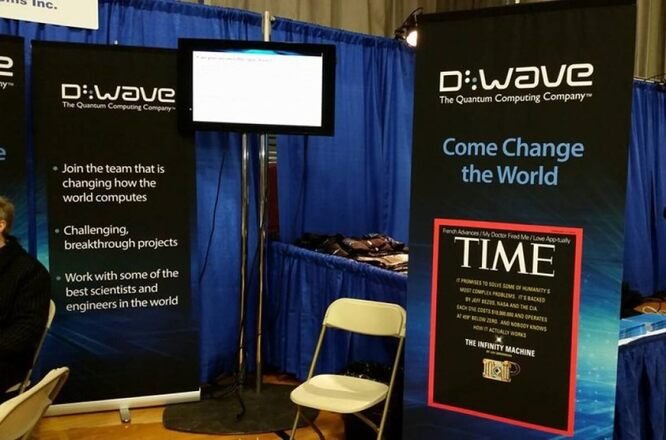D-Wave Quantum has announced the release of a new open-source quantum AI toolkit, designed to help developers and researchers integrate quantum computing into machine learning (ML) workflows. The initiative represents a significant step in the company’s efforts to drive the adoption of annealing quantum systems for artificial intelligence applications across industry and research.
The toolkit is part of D-Wave’s Ocean software suite and is now available for free. It enables seamless integration with PyTorch, one of the most widely used machine learning frameworks for developing and training deep learning models. With this release, developers can begin building hybrid classical-quantum AI models with minimal friction, using familiar tools and interfaces.
At the core of the offering is a PyTorch neural network module tailored for training restricted Boltzmann machines (RBMs) – a class of generative neural networks commonly applied in tasks such as image generation, pattern recognition, and drug discovery. Because RBM training is computationally intensive and often bottlenecked by classical hardware, D-Wave positions its quantum processors as a compelling alternative for improving performance and reducing training times.
D-Wave Quantum also released a demonstration showcasing how the toolkit can be used to generate basic visual representations using its quantum systems. The demo, intended as a proof of concept, highlights how quantum resources can contribute to emerging generative AI workflows by accelerating computationally demanding tasks that underpin model training.
“With this new toolkit and demo, D-Wave is enabling developers to build architectures that integrate our annealing quantum processors into an expanding set of ML models,” said Dr. Trevor Lanting, Chief Development Officer at D-Wave. “As customers increasingly explore synergies between quantum computing and AI, we’re providing the tools to make that exploration more accessible and practical.”
Real-World Collaborations
D-Wave’s announcement also highlights real-world collaborations aimed at testing and advancing quantum AI applications. One example is its partnership with Japan Tobacco Inc., where D-Wave technology was used in a proof-of-concept for drug discovery. The study showed that AI models trained on D-Wave’s quantum systems outperformed those trained with conventional methods.
Similarly, at the Jülich Supercomputing Centre in Germany, researchers used D-Wave’s quantum platform to enhance the accuracy of protein-DNA binding predictions. By combining quantum computing with support vector machines, the team reported significant improvements in classification accuracy, marking a notable achievement in bioinformatics.
In another research milestone, Canada’s TRIUMF laboratory and affiliated institutions published results in npj Quantum Information, detailing how D-Wave’s quantum systems provided speed advantages in simulating high-energy particle interactions. These simulations, critical to particle physics research, are now being considered for use in AI models to generate large-scale synthetic data more efficiently.
To support further experimentation in this domain, D-Wave is inviting organizations to join its Leap Quantum LaunchPad program, which offers access to tools, technical guidance, and quantum hardware for AI-related innovation.
As demand for AI infrastructure continues to grow, D-Wave’s move to make quantum AI development more accessible signals a broader shift toward hybrid computing architectures that blend classical and quantum resources. With this release, the company is positioning its annealing quantum technology as a viable component in the evolving AI ecosystem – particularly for enterprise and research applications seeking performance gains in complex data modeling tasks.


